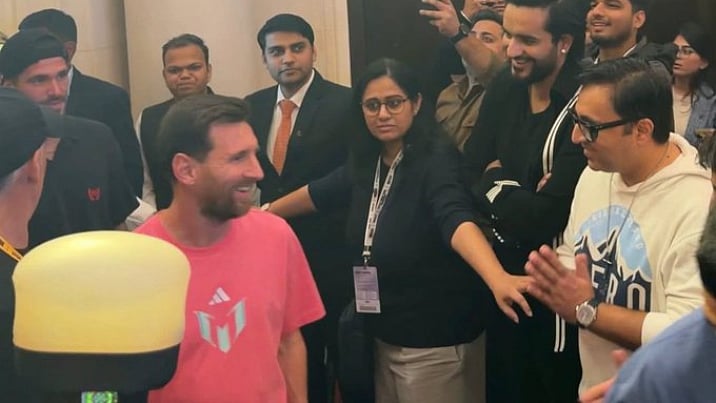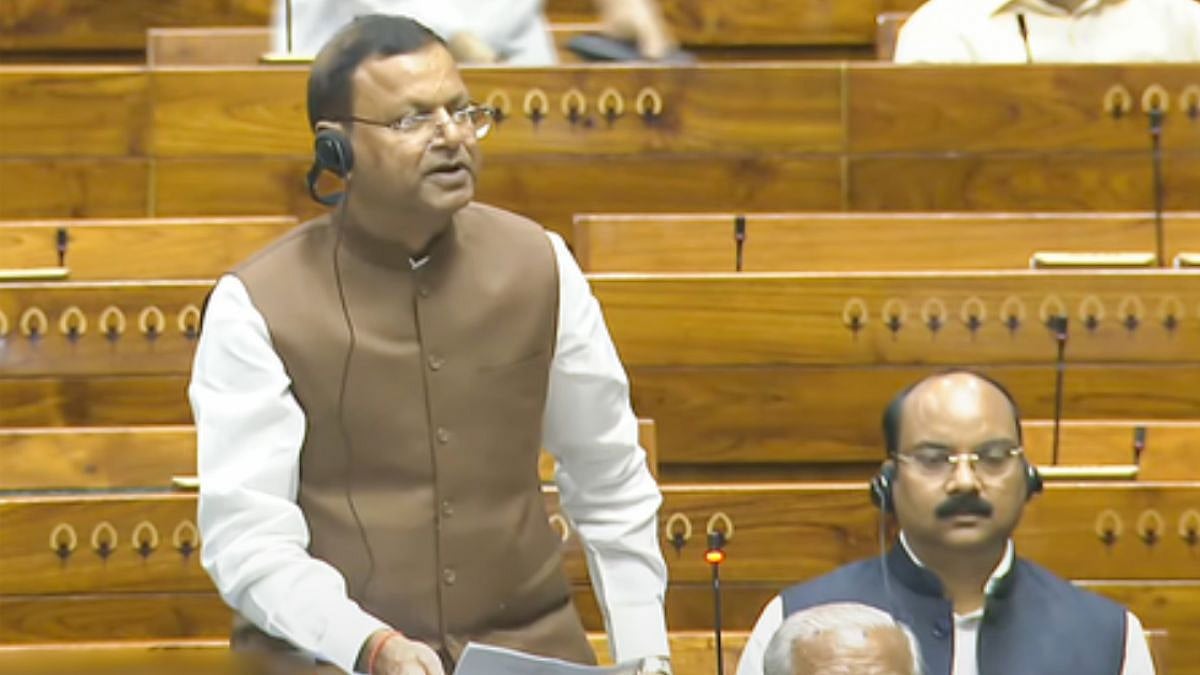Financial Literacy Week (FLW) is organized every year by The Reserve Bank of India (RBI) to propagate financial education messages across the country. This year around, the FLW is being observed from February 14 to 18 with the theme ‘Go Digital, Go Secure’. The FLW has been observed since 2016 every year to increase the thrust on the Government of India initiative of a truly Cash Less Society
The key components of financial literacy week are: Earn, Spend, Save and Invest, Borrow, and Protect. Earning literacy means understanding your income. Spending literacy enables you to create your own personal budget. Saving Literacy focuses on understanding your income and spending in such a manner that you are able to plan and save for your future. Borrowing literacy is about having better information of your Credit Score (CIBIL Score) and being able to manage it better, because better Credit Scores entitles you to lower interest rates on loans and other financial assistance. Protection Literacy is about protecting your hard earned money from frauds.
The Reserve Bank of India (RBI) is the key functionary authority for the Financial Literacy Week (FLW) and this initiative is a part of the National Strategy for Financial Education 2020-2025. The Government of India is aiming for increasing –
The Convenience of digital transactions,
The Security of digital transactions, and
Protection of customers.
Banks and leading fintech players which cater to the rural segment specifically are spreading the information and creating awareness among the public, whereas RBI is running a media campaign to this end.
Literacy and digital well-being go hand in hand in all parts of the country. However, rural india has just awoken to the onslaught of digital devices. With the urban populace already being made aware of the pitfalls of financial frauds and ways to safeguard their hard earned money using more modern methods, the rural countryside is still unaware of these. For a truly digital India, the rural villages must be able to transact with the same ease as do their town counterparts.
Being financially literate is the one factor that determines the economic growth of our country and hence is critical for banks and leading fintech players to focus on, especially in the rural areas where majority of India’s population still lives and works.
There was a time when financial literacy was propagated largely through offline marketing techniques and was largely dependent on it especially in the rural areas. One learnt more about financial literacy through pamphlets, skits, town criers and other such means. However, now we have entered an era where banking facilities are literally on “wheels” and are taken to the customers to provide financial literacy at their doorstep. This has helped grow the understanding of what one can do with their finances, the various instruments , their use and save and spend better. For e.g. the mobile vans that take banking services to the villagers on behalf of the District cooperative banks , provided by XPay. Life has a large screen TV , connected to a public address system. This way the education on how to safely and securely transact can be done through interactive videos and playful jingles that every villager can understand. Various government bodies like NABARD sponsor these vans so that such programs can be run through the year.
Literacy rate of India is about 80 percent, but unfortunately only 24 percent of the Indian population is financially literate. Though this is still an improvement from 15 percent financial literacy in 2013, we still have a long way to go. If we look at it the other way, we still have three-fourth of our population to learn the discipline of earning, spending, borrowing. This situation particularly calls for extra efforts from all the players in the financial sector as we belong to a nation which depends on economics for development. Financial and fintech players who have a spectrum of financial services are contributing towards this by being part of financial literacy events and enabling the banking and financial needs of the masses by going to them.
(The writer is Founder & CEO – XPay.Life)









